14 Smart Ways To Board A Plane + 5 Common Habits To Ditch
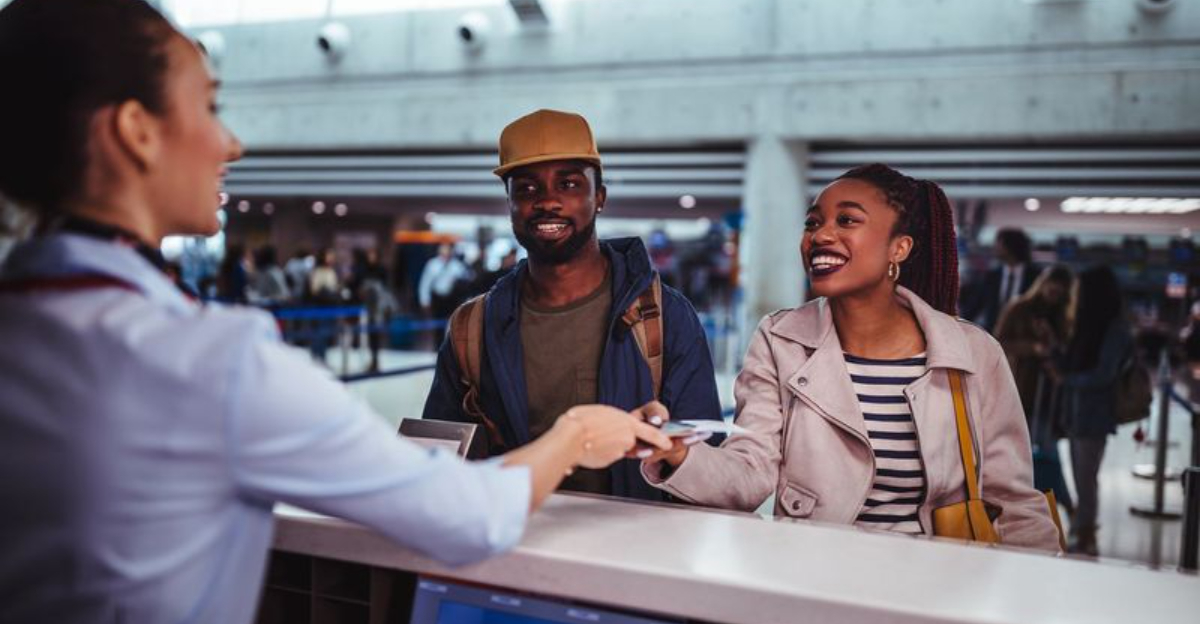
Boarding a plane might seem like controlled chaos, but it doesn’t have to feel that way for you. With the right approach, you can skip the stress, avoid unnecessary delays, and maybe even snag that precious overhead bin space without breaking a sweat.
I’ve pulled together 14 smart boarding tips that experienced travelers actually use—from choosing the right seat for a smoother exit to handling your carry-on like a pro.
And because mistakes can be just as revealing as wins, I’m also sharing 5 common boarding blunders to steer clear of (yep, I’ve made a few myself). Ready to board like a travel ninja instead of a frazzled tourist? Let’s get into it.
1. Check Gate Early
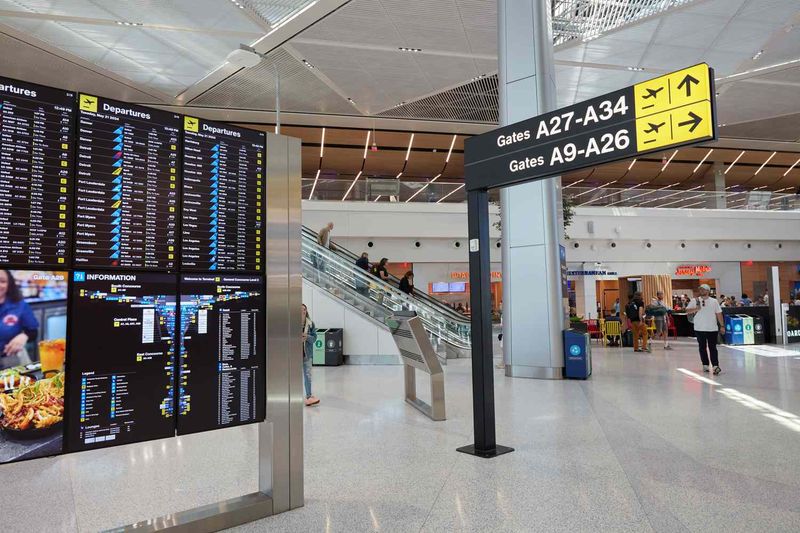
Airports change gates frequently, sometimes with little notice. I always verify my departure gate on the airport monitors as soon as I clear security, even if I checked it on my phone earlier.
This simple habit has saved me countless sprints across terminals. Most airports update their information boards every few minutes, so you’ll have the most current details.
Pro tip: Check again about 45 minutes before boarding time, as last-minute switches happen more often than you’d think. This small step provides peace of mind and prevents the panic of realizing you’re at the wrong gate when boarding begins.
2. Blocking the Aisle (Ditch This)
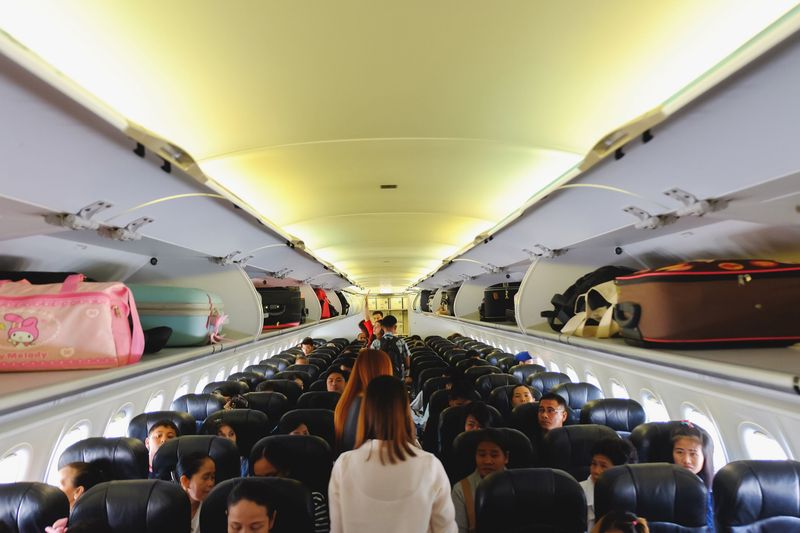
Standing in the airplane aisle while organizing your belongings creates a human traffic jam that frustrates everyone behind you. This common mistake slows down the entire boarding process.
Flight attendants notice this behavior immediately. Instead of stopping, quickly place your carry-on in the overhead bin, grab what you need, and sit down.
The aisle is like a highway with no passing lane – when one person stops, everyone stops. Remember that dozens of people are waiting to reach their seats. Being efficient with your movements helps the flight depart on time and earns silent appreciation from crew and fellow passengers alike.
3. Keep ID Handy
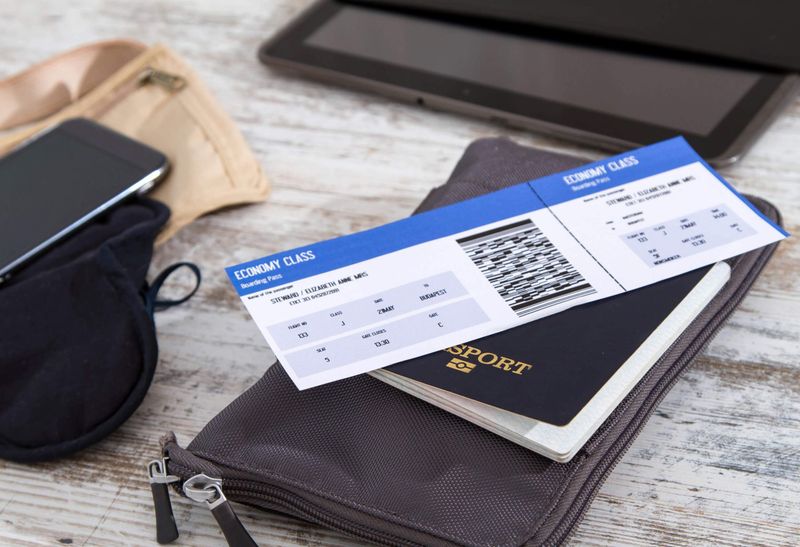
Fumbling for your ID and boarding pass creates unnecessary stress and holds up the line. I tuck my ID and boarding pass in an easily accessible pocket or the front section of my bag after security.
Some travelers use lanyards or phone wallets specifically for their travel documents. This small organizational hack prevents the awkward moment of holding up the boarding line while digging through your belongings.
If you’re using a digital boarding pass, take a screenshot beforehand. Airport Wi-Fi can be spotty, and your airline app might choose that exact moment to crash. Having your documents ready shows you respect everyone’s time, including your own.
4. Ignoring Group Numbers (Ditch This)
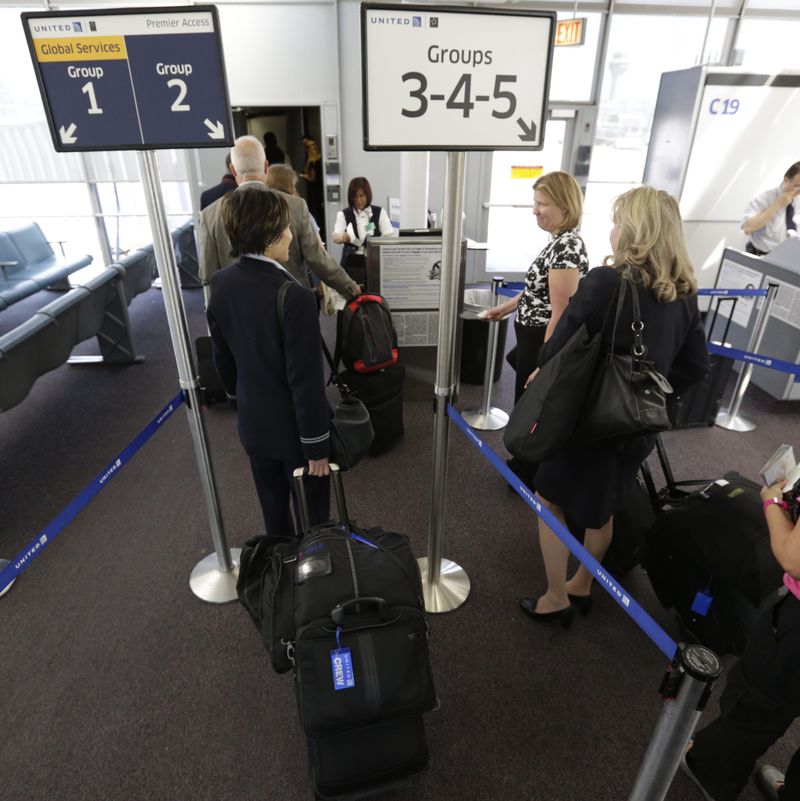
Rushing to board before your group is called creates confusion and slows down the entire process. Gate agents will likely send you back to wait, causing embarrassment and wasted time.
Airlines design boarding groups for efficiency, not to make you wait longer. Early boarding privileges are either earned through loyalty status or purchased as an upgrade.
When everyone boards in their assigned group, the process flows smoothly. Listen carefully for announcements and watch the boarding screens. Patience here actually gets you on the plane faster overall, and you’ll avoid the uncomfortable moment of being turned away at the gate while everyone watches.
5. Use Airline App
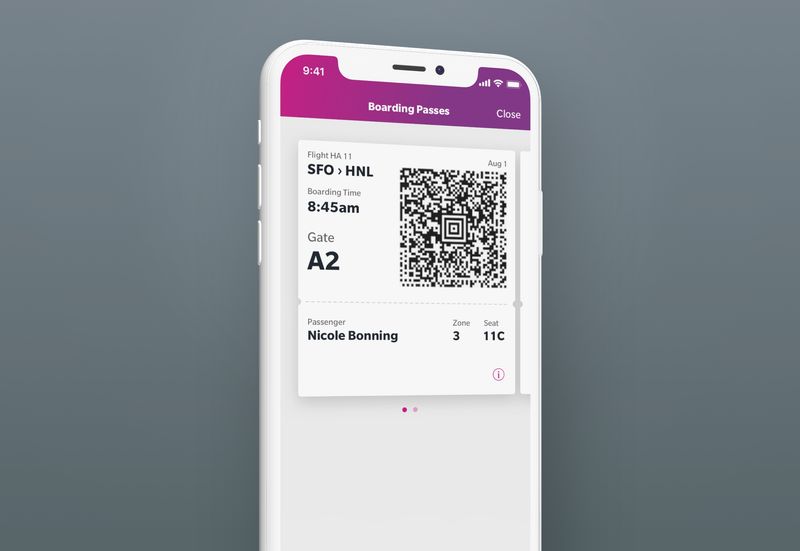
Airline apps transform your boarding experience from stressful to streamlined. I download my carrier’s app before every trip for real-time gate updates, digital boarding passes, and seat change opportunities.
Most apps notify you about delays before announcements are made in the terminal. This gives you precious extra minutes to adjust your plans while everyone else is still in the dark.
The digital boarding pass feature eliminates paper waste and the fear of losing your ticket. Many apps also show terminal maps, nearby restaurant options, and your exact boarding time. This technology puts all your travel information in one place, reducing anxiety and keeping you informed.
6. Overpacking the Carry-On (Ditch This)
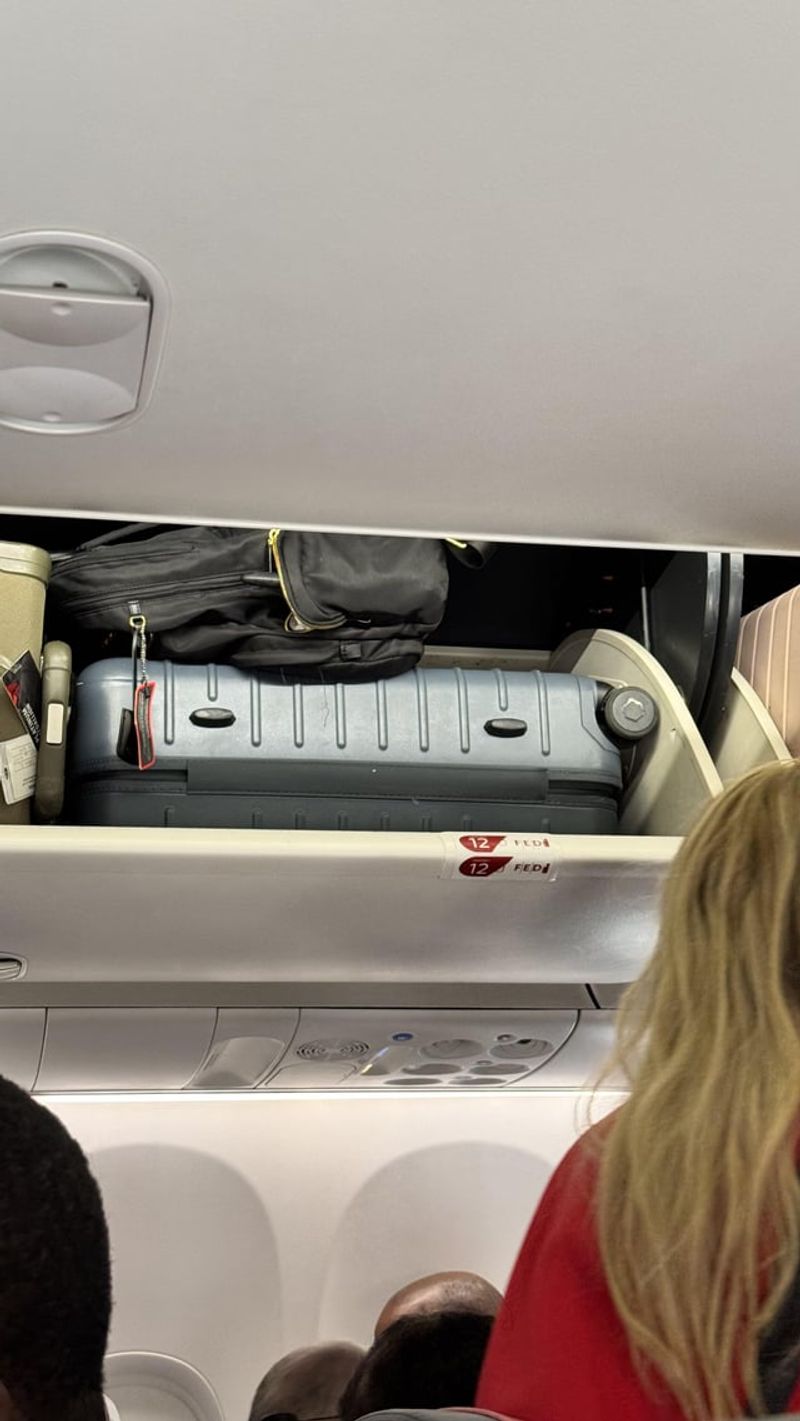
Stuffing your carry-on until the zipper barely closes creates multiple problems during boarding. Overpacked bags often don’t fit in the sizer, leading to embarrassing repacking at the gate or unexpected checked bag fees.
Heavy bags are harder to lift into overhead bins. This slows boarding when you struggle or need assistance from flight attendants who have other responsibilities.
Airlines have become stricter about enforcing size limits. Pack lighter by wearing your bulkiest items and limiting yourself to true essentials. Remember the 80/20 rule – you’ll likely use only 20% of what you pack. Your shoulders, fellow passengers, and flight crew will thank you for bringing a reasonably sized and weighted bag.
7. Pack Essentials on Top
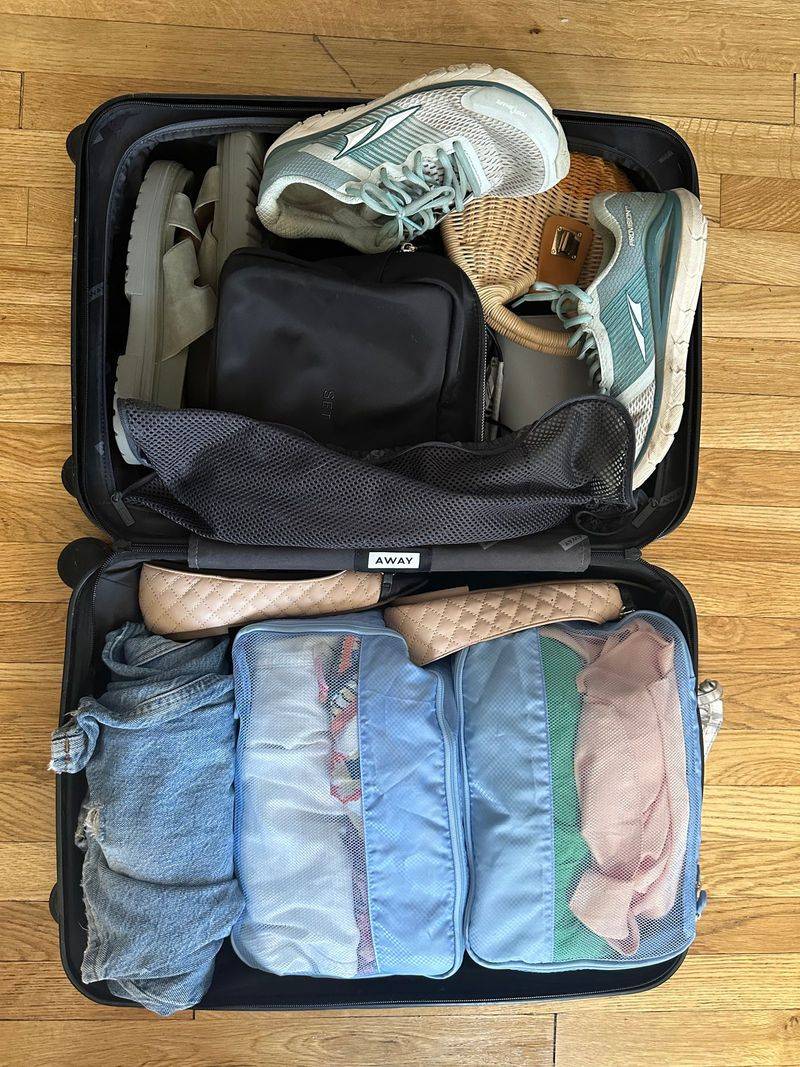
Strategic packing saves precious moments during boarding. Place items you’ll need during the flight – like headphones, books, snacks, and chargers – at the top of your bag or in easily accessible outer pockets.
This simple organization trick prevents you from becoming that passenger who holds up the line digging through their bag. Flight attendants notice and appreciate travelers who board efficiently.
Consider using small pouches to group similar items together. Clear pouches make finding things even faster. Having your essentials readily available means you can quickly stow your main bag overhead and settle into your seat with minimal fuss, making the boarding process smoother for everyone.
8. Line Up Too Soon (Ditch This)
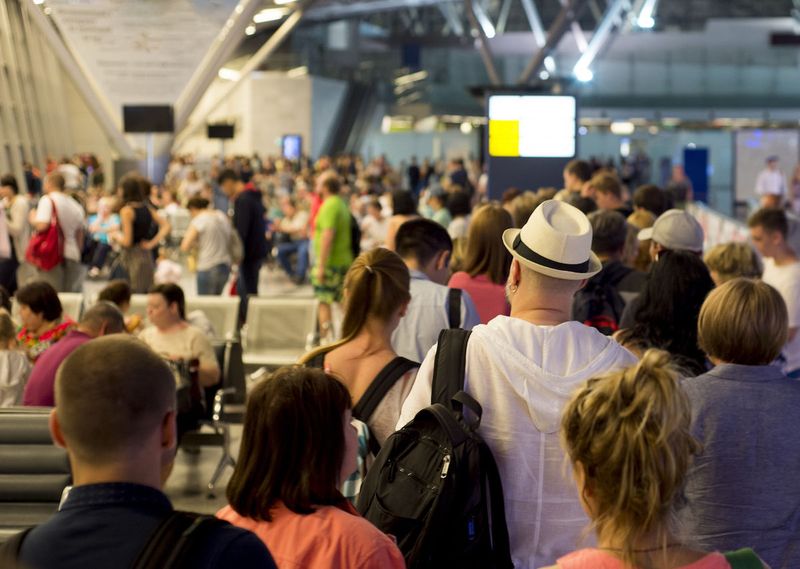
Hovering near the boarding gate 30 minutes before your group is called creates unnecessary congestion. This anxious behavior blocks pathways for other travelers and doesn’t get you on the plane any faster.
Gate areas become chaotic when too many people stand in anticipation. Your assigned seat remains yours regardless of when you board within your group.
Unless you’re worried about overhead bin space in basic economy, stay seated until about 5 minutes before your group is called. This reduces your standing time, keeps walkways clear, and actually creates a more orderly boarding process. The plane won’t leave without you if you’re at the gate, so relax and enjoy those final moments of legroom.
9. Wear Easy-Off Shoes
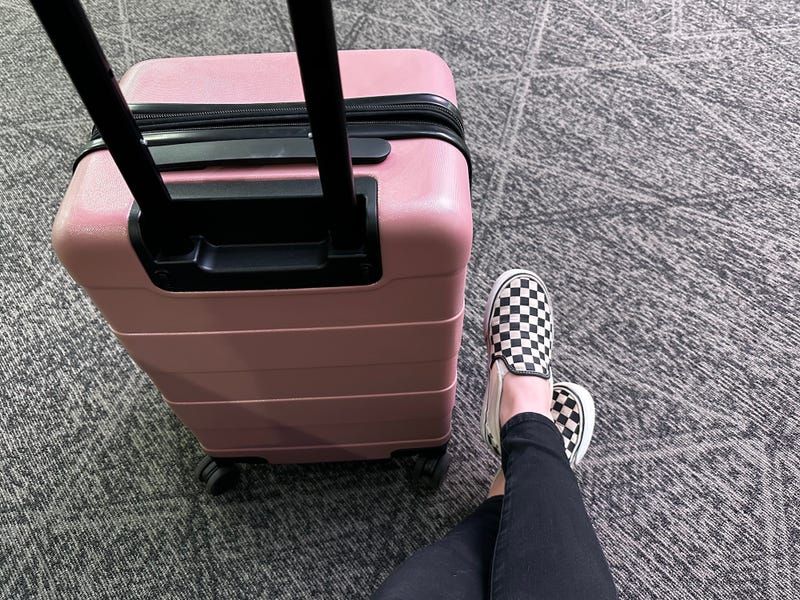
Slip-on shoes save valuable minutes during security and make boarding more comfortable. I always choose loafers, slip-on sneakers, or similar styles when flying to avoid being that person holding up the line.
Complicated boots or laced shoes create delays at multiple points. Security screening requires shoe removal at most airports, and tight airplane quarters make retying laces awkward.
Beyond convenience, slip-ons allow you to kick off your shoes easily once seated on longer flights, improving comfort. Just remember to wear socks for hygiene in security lines. This small wardrobe choice makes your entire travel day smoother and shows consideration for the efficiency of security and boarding processes.
10. Bring Your Own Snacks
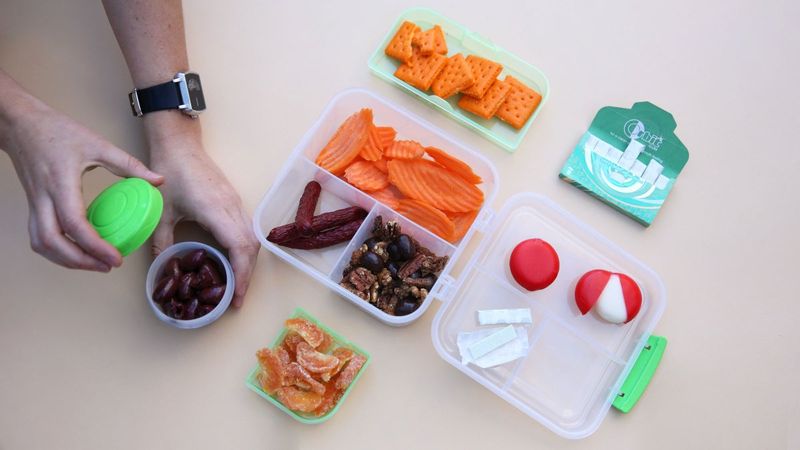
Boarding a plane hungry is a rookie mistake that leads to impulse buying overpriced airport food or being stuck without options on shorter flights. I always pack a small selection of non-perishable snacks like nuts, granola bars, or dried fruit.
Having your own food gives you control over timing and quality. This strategy works especially well for early morning flights when airport options might be limited.
Choose snacks that aren’t messy or strongly scented out of respect for fellow passengers. Remember that liquids over 3.4 ounces won’t make it through security, but solid foods generally will. This small preparation step saves money and ensures you’ll have something to eat regardless of flight delays or service limitations.
11. Have Documents Ready
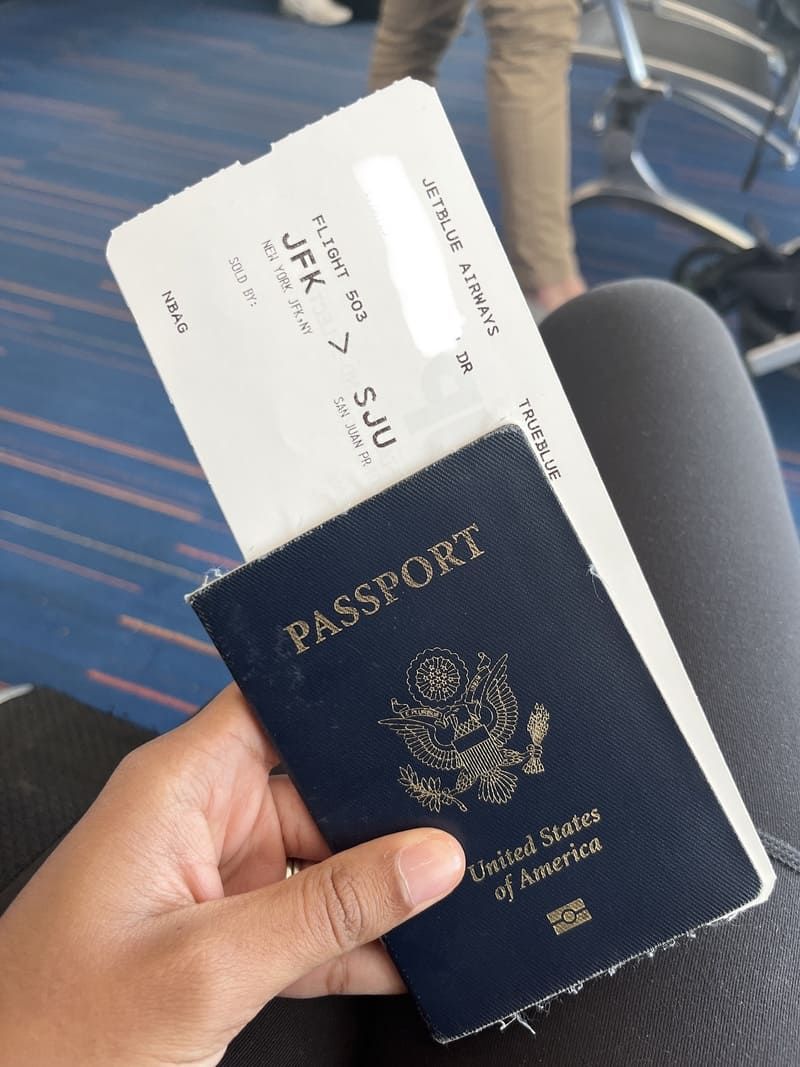
Scrambling for papers creates anxiety and delays. Before approaching the gate, I have my boarding pass and ID already in hand, not buried in my bag or pocket.
Gate agents process hundreds of passengers hourly, and being prepared shows respect for their time. This simple habit reduces stress for everyone involved in the boarding process.
If using a mobile boarding pass, brighten your screen before reaching the scanner to avoid delays. For international flights, keep your passport open to the photo page. These small courtesies make the boarding process flow smoothly and start your journey on a positive note. Plus, you’ll avoid the uncomfortable feeling of holding up an entire line of travelers.
12. Rushing the Jet Bridge (Ditch This)
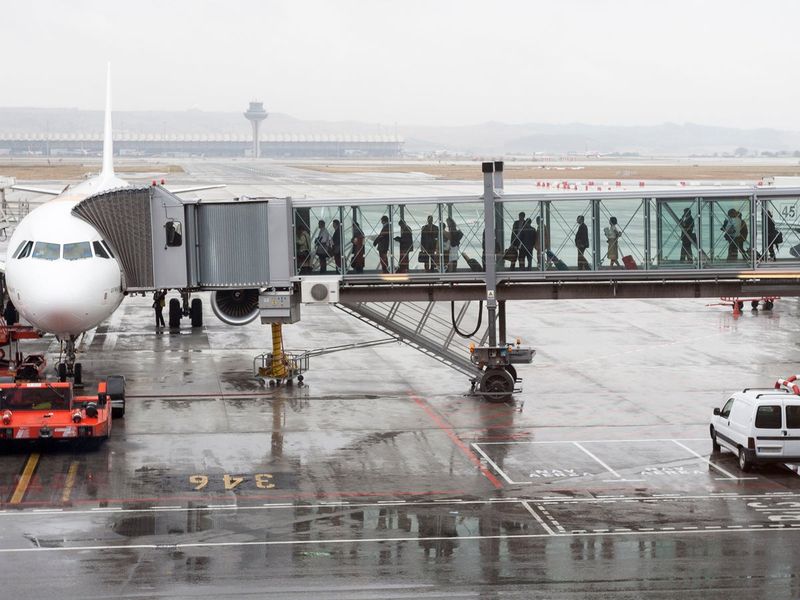
Racing down the jet bridge creates unnecessary stress and potential accidents. The plane won’t depart until everyone has boarded, so pushing past others saves mere seconds while creating tension.
Jet bridges often have uneven surfaces and unexpected turns. Fast movement here increases the risk of tripping or bumping into others who may have mobility issues.
Flight attendants notice and remember passengers who create chaos during boarding. Moving at a steady, reasonable pace allows everyone to board safely. The difference between first and last to board is typically just minutes, but the difference in stress levels and goodwill from crew and fellow passengers is significant. Patience here sets a positive tone for your entire flight.
13. Listen to Announcements

Gate announcements contain vital information that many travelers miss while scrolling through phones. I always remove my headphones during boarding time to catch important updates about seat changes, boarding procedures, or gate adjustments.
Airlines often announce operational details that affect your flight experience. This might include full flights needing volunteers to check carry-ons, equipment changes affecting seat assignments, or weather delays.
Paying attention sets you apart as a prepared traveler. Gate agents appreciate not having to repeat information, and you’ll avoid surprises that could impact your journey. Those few minutes of listening can save you from missing crucial changes that might not appear on the departure boards or in the airline app.
14. Know Your Seat Number
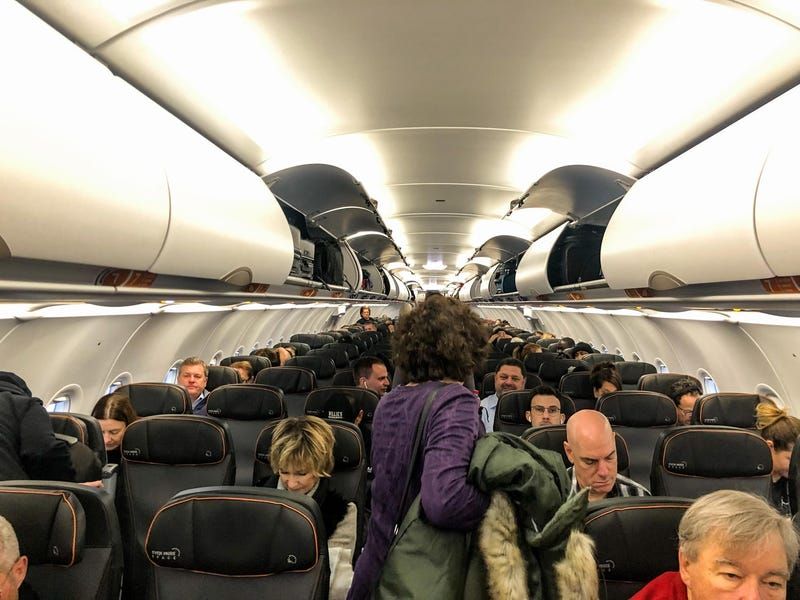
Memorizing your seat assignment before boarding prevents the common bottleneck of passengers stopping in the aisle to check their tickets. I always take a mental note of my seat (like “14A”) as soon as I check in.
Flight attendants appreciate passengers who move purposefully to their assigned spots. This simple preparation helps the entire boarding process flow more smoothly.
If traveling with family or in a group, make sure everyone knows their own seat number before boarding begins. For children, you might write it on their boarding pass or have them memorize it like a game. This small detail makes a big difference in boarding efficiency and reduces stress for everyone involved, including yourself.
15. Board With Confidence
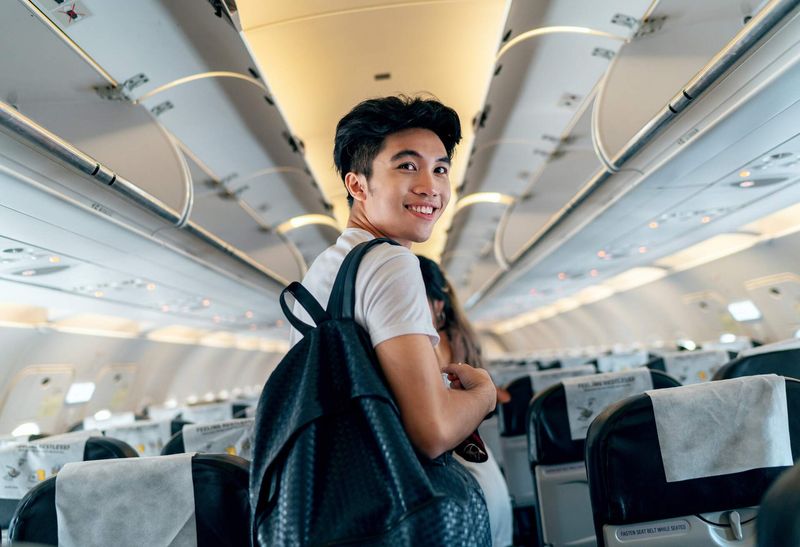
Hesitation during boarding creates confusion and slows the process. I approach the gate with purpose, have my boarding pass ready, and move directly to my seat without second-guessing.
Confident movement through the airport and onto the plane reduces stress. Know which overhead bin you plan to use based on your seat location before you reach it.
If you’re uncertain about anything, ask gate agents before boarding begins rather than creating a bottleneck on the plane. New travelers often worry about making mistakes, but remember that boarding is routine for the crew. They appreciate passengers who move efficiently but aren’t rushing. Your confidence helps create a smooth experience for everyone and gets the flight off on time.
16. Stay Polite Always
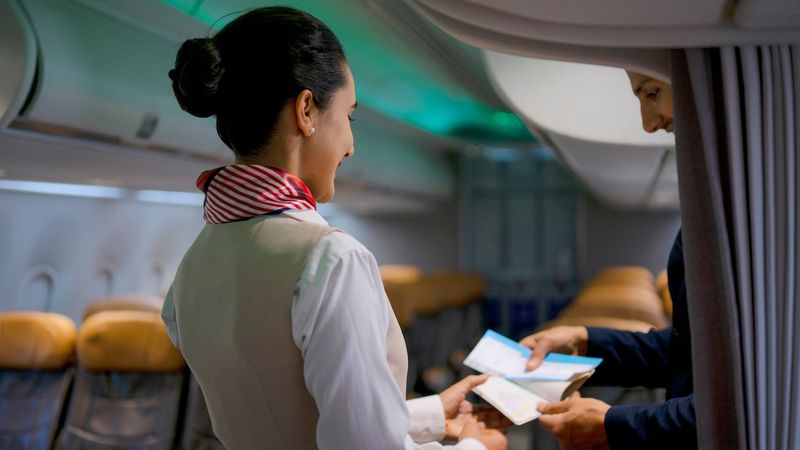
Courtesy makes a remarkable difference during the boarding process. I make a point to greet flight attendants, thank gate agents, and use “please” and “excuse me” when navigating tight spaces.
Travel days create stress for everyone. Your kindness stands out amid the chaos and often results in better service throughout your journey.
Remember that flight crews remember both exceptionally polite and rude passengers. A genuine smile and basic manners build goodwill that might translate to extra assistance when needed. Politeness doesn’t cost anything but creates a more pleasant environment for everyone. Plus, being the passenger who brightens a crew member’s day feels pretty good.
17. Travel Light and Smart
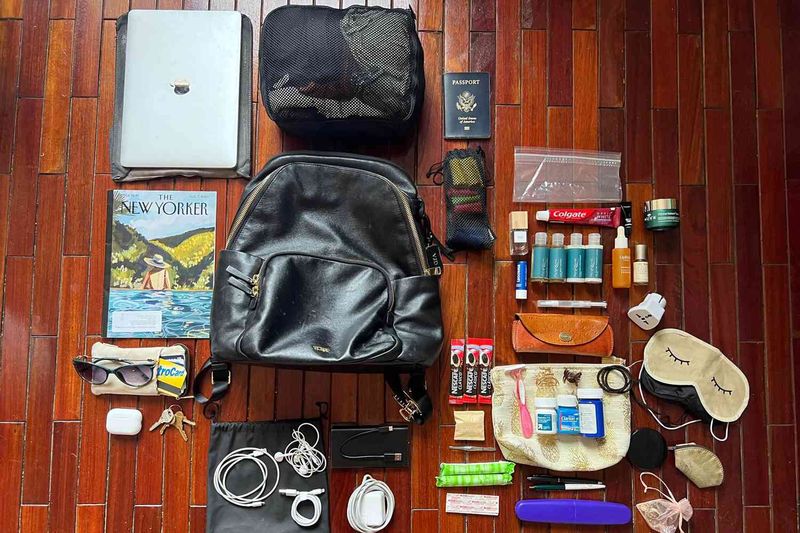
Minimalist packing transforms your boarding experience from stressful to seamless. I’ve learned to bring only what fits easily under the seat, eliminating overhead bin anxiety and speeding up my boarding process.
Traveling with just a backpack or small bag gives you freedom of movement. You’ll never face the dreaded gate-check when bins fill up, and deplaning becomes much faster when you’re not waiting to retrieve overhead items.
Start by listing what you truly need rather than what you might use. Most destinations have laundry options for longer trips. Wearing your bulkiest items (like jackets or boots) on the plane saves significant space. This approach to packing reduces physical strain and mental stress throughout your journey.
18. Ask Questions Politely
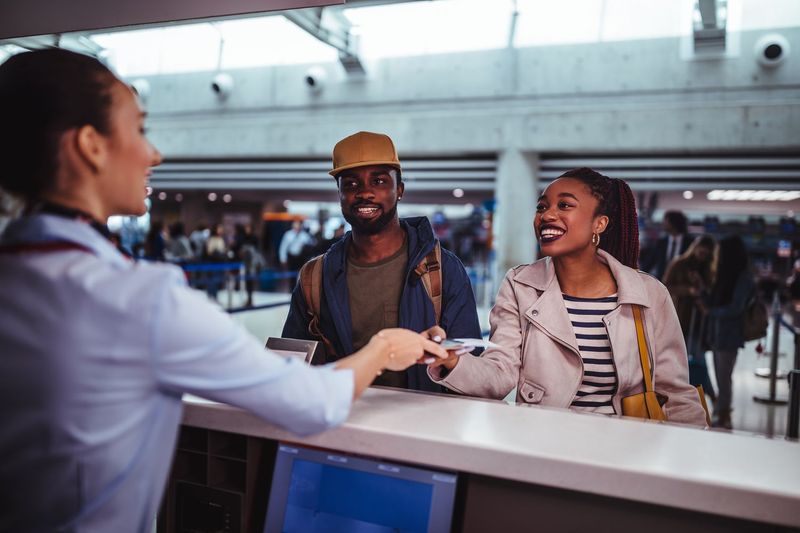
Uncertainty during boarding can cause anxiety, but there’s no need to stress. Gate agents and flight attendants are there to help when you have questions about seat assignments, overhead space, or boarding procedures.
Approach with a smile and acknowledge their busy situation before asking your question. The difference between “Where do I sit?” and “Excuse me, could you help me find my seat assignment?” is significant.
Timing matters too. Ask gate agents questions before boarding begins rather than creating a line delay. For flight attendants, wait until they’re not actively helping other passengers. Polite questions get better answers and often create opportunities for assistance you didn’t even know to ask for.
19. Move Quickly When Called
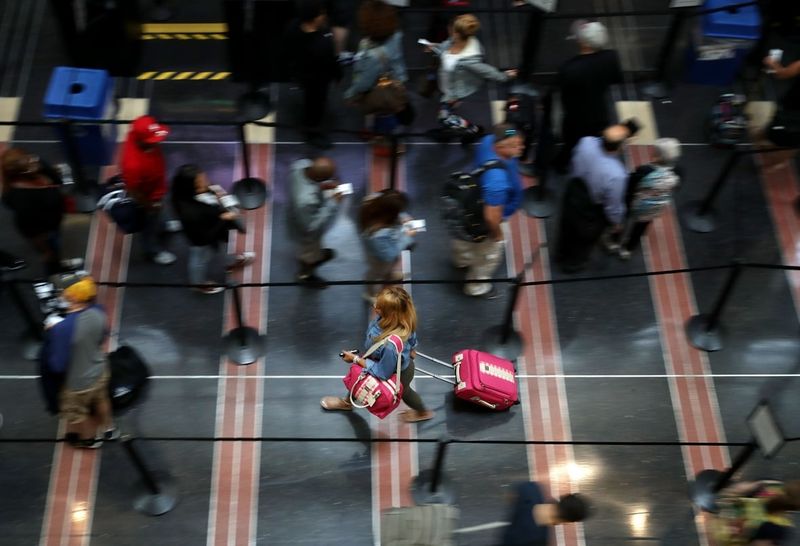
When your boarding group is announced, respond promptly without rushing. I gather my belongings about five minutes before my expected boarding time to avoid the last-minute scramble.
Quick movement after your group is called keeps the boarding process on schedule. This doesn’t mean running or pushing, just moving with purpose and awareness.
If you’re traveling with others in different boarding groups, decide beforehand whether to board separately or together in the later group. Having this plan prevents confusion at the gate. Moving efficiently when called shows respect for everyone’s time and helps flights depart on schedule, which benefits all passengers, especially those with tight connections.
